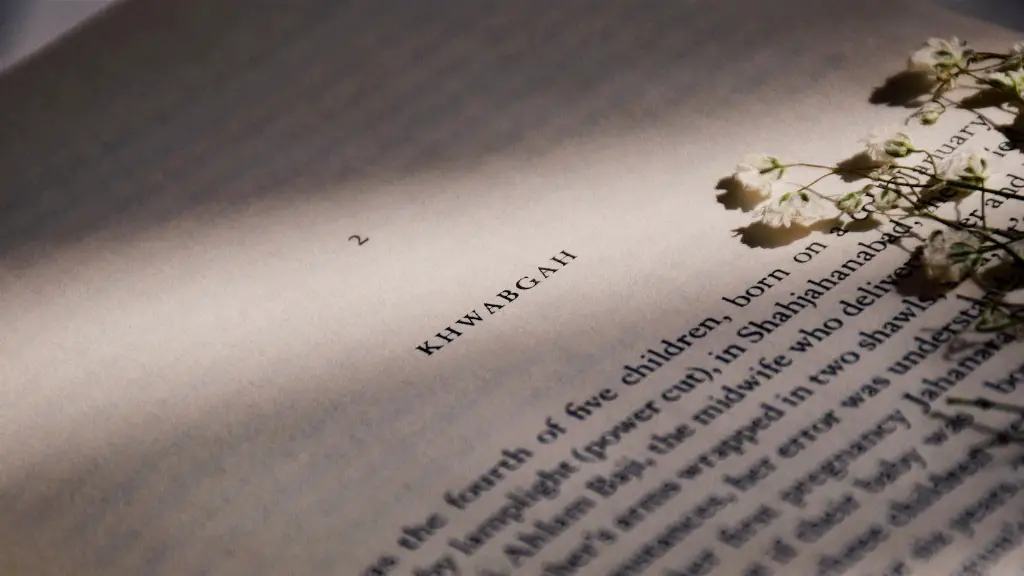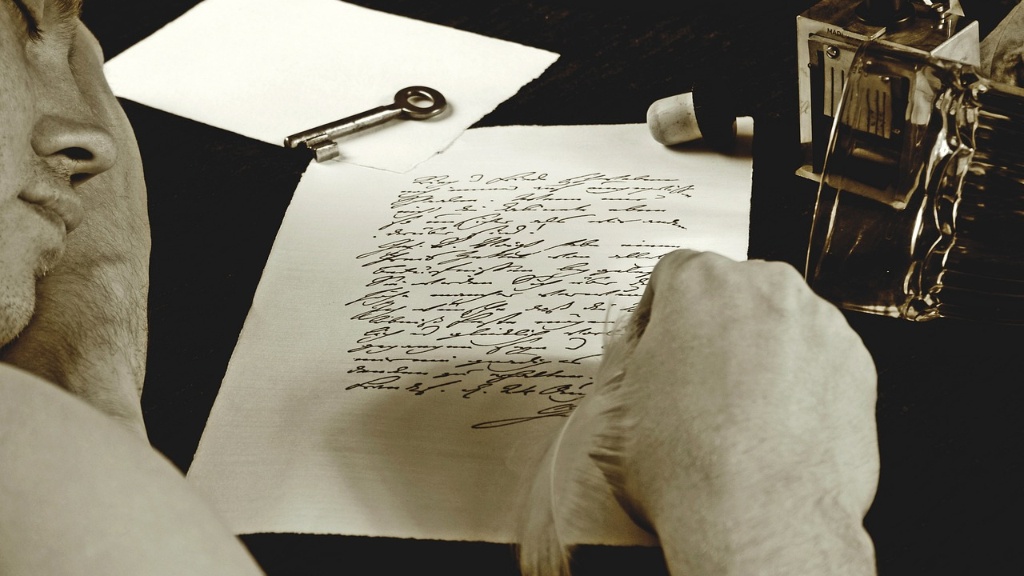What is an Ode in Poetry?
An ode is a lyrical poem which expresses emotion, often praises or addresses a person or an object. This type of poem is characterized by its serious and dignified tone, and it is composed mainly in stanzas with a distinct stanza pattern.
It is believed that poetry as an art form originated in the early civilisations in the form of chants and songs, having as purpose to commemorate events and glorify great gods. The exact origin of the ode is uncertain but it is known that the earliest ode dates back to ancient Greece, which can be found in Homer’s work.
Generally speaking, odes consist of three acts which determine the structure of the poem. The first act is the introduction which introduces the main subject and sets the tone of the poem. The second act is the development of the theme, which is further analyzed and discussed along the poem. The third act, which is the most important one, is the confirmation of the theme, which is mostly expressed in a passionate and emotional way.
The main function of an ode is to pay homage to a person or a thing, or celebrate an event or a moment, or express admiration for a person, moment or place, which is why it is considered a typical form of praise poetry.
The form of the poem is not as important as its content, as long as it is lyrical and descriptive, with an inspirational or ceremonial feeling and with a distinct tonality. Usually, an ode has a complex structure, with a wide range of themes, ideas and metaphors. As for metrics and rhyme schemes, there is no single method or formula for an ode.
Defining An Ode
Odes are a type of poetry characterized by its solemn and elevated tone which is mainly addressed to gods and people of high rank, as well as to concepts or events of great importance. Generally, the tone is established from the very beginning and is maintained through rhetorical elements such as metaphors, repetition and rhetorical questions.
The language used in an ode is composed of rich and varied lexical fields, as well as with complex syntactic and semantic structures. Moreover, there is a clear focus on sound, rhythm and metre in the poem, which add to its expressive nature.
In terms of structure, odes have a distinct form that is closely related to the theme. Usually, it consists of 3 parts, the strophe, the antistrophe and the epode. The strophe introduces the theme and it is followed by the antistrophe which is a section of the poem that extends, develops and focuses on the theme; it is this part that carries most of the emotional charge. Lastly, we have the epode, which is the last part of the ode, which consists of a summary or a reflection about the theme and it is meant to bring the poem to its conclusion.
Examples Of Odes
The earliest example of an ode is the ninth book of the ancient Greek poem The Iliad, which is considered to be a collection of odes to the god Apollo. In classical Greek poetry, Simonides is one of the most important figure in the realm of odes. Also, Pindar’s Victory Odes consists of a collection of poems dedicated to gods, great athletes and mythological figures.
In Elizabethan literature, poets such as Edmund Spenser, Thomas Wyatt and Sir Philip Sidney wrote odes to celebrate significant people or celebrate the bliss of love and nature. Poet John Keats wrote some of the most famous odes, such as The Ode on a Grecian Urn and The Ode to a Nightingale. Furthermore, Romantic poet William Wordsworth wrote a series of odes dedicated to various aspects of nature, such as on the power of imagination, on Tintern Abbey and on Intimations of Immortality.
The Use Of Odes In Modern Poetry
The use of odes in modern poetry is scarce partly due to the fact that this kind of poetry is mostly related to classical themes or mythological concepts, which no longer resonate with contemporary readers. This does not mean that the ode does not have a place in modern poetry, as some famous poets have still used it. For instance, poet W.H. Auden wrote his ode on the death of his father, and Robert Frost his ode to the Canadian soldier. Furthermore, in nowadays, some poets use the ode as a powerful tool to address contemporary issues, such as John Ciardi’s Ode on the Assassination of John Kennedy or Margaret Walker’s Ode to Matthew.
How To Write An Ode
If you want to write an ode, it is important to decide what will be the main subject of the poem and to determine the tone that it should have. It is also important to consider how this message will be expressed, if it will be in first-person narrative or third-person narrative, and if the poem should center around one particular idea or to explore multiple ideas.
When starting to write the ode, it is important to also consider its structure as an ode is distinguished by its form as much as its content. As such it should have a complex structure, with a clear focus on sound and rhythm, and with a distinct stanza pattern. Moreover, it is important to decide in the beginning which type of language and figures of speech will be used to develop the poem.
It is also essential to remember to create an emotional bond with the audience and the subject. Therefore, the use of metaphors and personification can be a useful tool to build the right atmosphere and to give life to the poem.
Conclusion
Odes are characteristic of ancient Greek poetry, although their use in modern poetry is scarce. They are characterized by expressions of admiration, reverence or veneration and their structure consists of three parts (the strophe, antistrophe and the epode) that are important to create a strong emotional response from the audience. Although their use is not as popular as in ancient times, some poets still use this form to write about present-day issues or persons.




